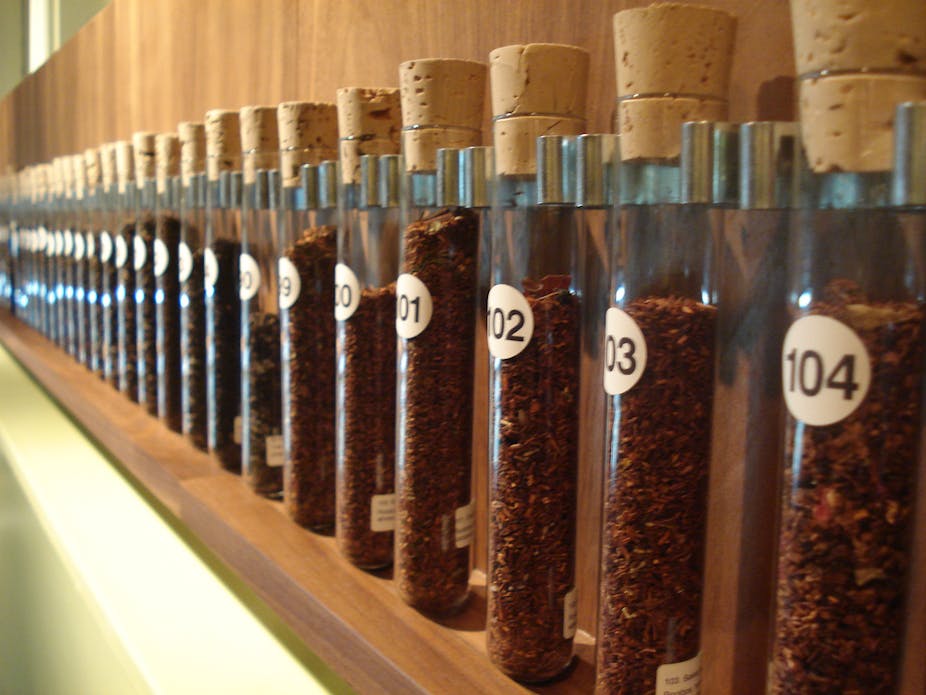TESTING ALTERNATIVE THERAPIES - La Trobe University’s decision to accept funding from Swisse for a new centre to research alternative medicines has sparked controversy. This series looks at how the evidence behind alternative medicines can be assessed, and the ethics of such links between industry and research institutions.
Many complementary medicines, such as simple vitamins and mineral supplements, lend themselves readily to research. But others present challenges for rigorous scientific tests reflecting, for example, the complexity of herbal mixtures.
Still, even this research is feasible and can inform effective and safe treatment. And these treatments can provide additional options for the long-term treatment of multi-symptom, chronic diseases at comparatively low cost to the health-care system.
Testing herbal medicines
New drugs are rigorously tested prior to market for both their curative potential and their capacity to cause serious harm or side effects.
It takes some 10 to 15 years, and many millions of dollars to take a modern pharmaceutical on the long journey from bench to bedside – even though most drugs have a single “active” chemical compound, able to be isolated and used at concentrations that are relatively easily traced within the body.
Herbal mixtures, on the other hand, are comprised of many potentially active chemical compounds at relatively low concentrations. These complex formulations are enormously difficult to identify and understand in terms of minimum quality control requirements, dosage strength and form, and their complex mechanisms of action.
To test whether a complementary medicine actually has medicinal benefit, you need to know two things – what’s in it (chemical composition, stability, and consistency across manufacturing batches) and how well it works in the human body (efficacy and safety in addressing a particular disease, as well as mechanisms of action).
Detailed chemical analysis of herbal medicines is now possible with mass spectrometry and nuclear magnetic resonance techniques. Complex chemical mixtures can be fully profiled, compounds identified and accurately quantified, and tracked over time to ensure chemical stability of the product.
Mechanisms of the actions of herbal medicines are readily determined through conventional scientific laboratory approaches including lab tests and small animal studies.
How well their components are absorbed and metabolised by the body is also studied and the results contribute to dosage, safety and herb-drug interaction data. This sort of research data are used similarly for conventional drug development.
Appropriate clinical trials
The other challenge for testing herbal medicine lies in designing effective clinical trials.
Herbal medicine practitioners often differentiate between individual patients with the same medical diagnosis to the extent of prescribing different treatments, so interventions are as personalised and targeted to the patient as possible.
But clinical trials offer little flexibility in tailoring treatments or indeed modifying treatment over time to suit a patient’s changing presentation.
Everyone in conventional clinical trials usually receives the same treatment and are then more easily compared with a standard or placebo (dummy) treatment. But a trial that aims to test the theoretical capability of a herbal medicine to distinguish between people with the same disease needs to incorporate these differences in its design.
While many clinical trials of complementary medicines have standardised treatment throughout the study, others have ventured to test individualised therapies.
We now know that it’s possible to accommodate tailored treatment while ensuring patients and practitioners don’t know whether they’re receiving or giving the real medicine or a placebo.
This is not a new problem.
Designing rigorous clinical trials that test treatments tailored to individual patients presents similar challenges in physiotherapy, nursing and other disciplines that involve a high degree of interaction between clinician and patient. And it’s just as difficult to design a believable placebo treatment to be used for patients receiving personalised physiotherapy!
Despite the significant challenges presented by herbal medicine research, we must continue doing rigorous scientific studies in recognition of high levels of their use, the need for better guidance, and the opportunity to impact the growing chronic disease burden.
Read the opposite viewpoint:
This is the third article in our series about complementary and alternative therapies. Click on the links below to read the others:

